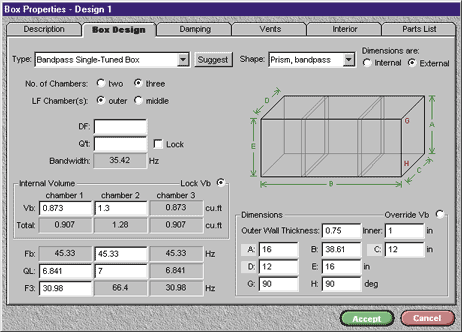
The end of period value for each row determines the moment when the row version becomes "closed", i.e. With each of these approaches, the logic for migrating or cleaning history data is based on the column that corresponds to end of period in the current table. The following four approaches for managing historical data in the temporal history table are available: Once you determine your data retention period, your next step is to develop a plan for managing historical data how and where you store your historical data and how to delete historical data that is older than your retention requirements. For example, applications in data audit and time travel scenarios have firm requirements in terms of for how long historical data must be available for online querying. Your retention policy, in most cases, should be considered to be part of the business logic of the application using the temporal tables.

Managing temporal table data retention begins with determining the required retention period for each temporal table. Data retention management for history table Hence, developing a data retention policy for managing data in the history table is an important aspect of planning and managing the lifecycle of every temporal table.

With system-versioned temporal tables, the history table may increase database size more than regular tables, particularly under the following conditions:

Applies to: SQL Server 2016 (13.x) and later Azure SQL Database Azure SQL Managed Instance


 0 kommentar(er)
0 kommentar(er)
